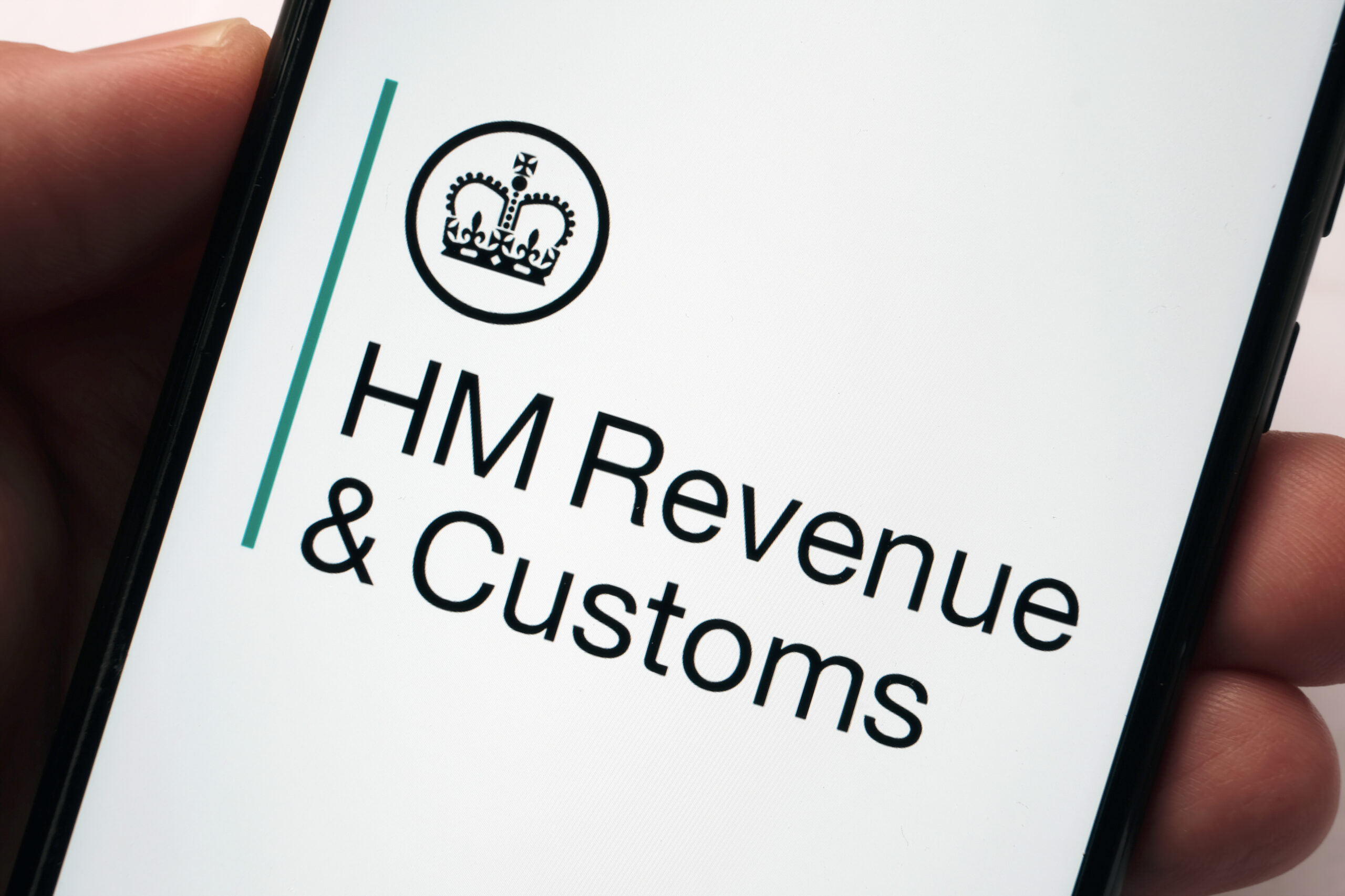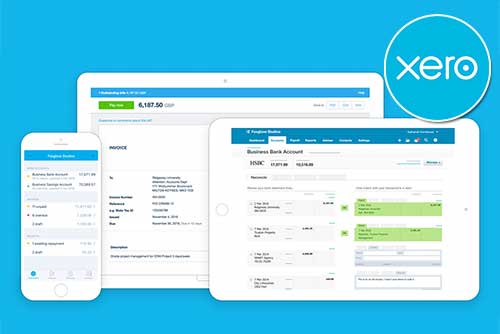What is a Profit and Loss Statement?
In business, understanding financial health is crucial. One of the key tools used to gauge this is the profit and loss statement. But what exactly is a profit and loss statement?
In this article, we’ll explore what profit and loss statements are, their importance, and how they work.
Understanding Profit and Loss Statements?
A profit and loss statement, also commonly referred to as an income statement, stands as a fundamental tool for assessing the financial health and performance of a company. This document provides a comprehensive overview of the revenues, expenses, and resulting profits or losses over a specific period, typically monthly, quarterly, or annually.
It’s one of three primary financial statements, alongside the balance sheet and cash flow statement, that companies use to assess their performance and make informed decisions.
Almost all limited companies registered in the UK are required to prepare and file profit and loss statements as part of their annual statutory accounts. This is applicable to both private limited companies and public limited companies.
Types of Profit and Loss Statements
Profit and loss statements can be prepared using two primary methods – the cash method and the accrual method.
Cash Method
The cash method, often referred to as cash accounting, is a straightforward approach to preparing a profit and loss statement. This method is primarily used by smaller businesses and individuals managing personal finances. It operates on a simple principle: transactions are recorded as revenue when cash is received, and as liabilities when cash is paid out.
This method is not GAAP-compliant, but it offers a clear snapshot of cash flow within a specific period.
Accrual Method
The accrual method, mandated by GAAP for public companies, records revenue when it’s earned, not when payment is received. This is known as revenue recognition. For instance, if a customer purchases on credit, the revenue is recorded immediately, even though the payment may come at a later date. Similarly, expenses are recognised in the same period they are incurred, not when they are paid.
This method provides a clearer picture of a company’s operations, as it isn’t influenced by payment timing. It’s all about when the business is actually conducting its core function – selling goods or services.
Structure of a Profit and Loss Statement
A standard Profit and Loss Statement typically consists of several key sections:
- Revenue: This section outlines the total income generated by the company during the specified period.
- Cost of Goods Sold (COGS): This section represents the direct costs associated with producing the goods or services sold by the company.
- Gross Profit: Gross profit is calculated by subtracting the COGS from the total revenue. It reflects the profitability of the company’s core business operations before accounting for other expenses.
- Operating Expenses: This includes all the expenses incurred by the company in its day-to-day operations.
- Operating Income: Operating income, also known as operating profit, is derived by subtracting the total operating expenses from the gross profit. It indicates the profitability of the company’s core business activities, excluding non-operational factors such as interest and taxes.
- Non-Operating Income and Expenses: This section accounts for any additional income or expenses not directly related to the company’s primary operations.
- Net Income (Profit or Loss): Net income is the final figure on the profit and loss statement, representing the company’s overall profitability after accounting for all revenues, expenses, taxes, and other financial items.
Why Are Profit and Loss Statements Important?
Here are the core reasons why profit and loss statements hold such significance in business:
Financial Health Assessment
A profit and loss statement provides a clear picture of a company’s financial performance over a specific period. By detailing revenues, expenses, and net income, it reveals the profitability and sustainability of the business. This ongoing analysis helps in understanding whether the business is on track to meet its short-term and long-term financial goals, facilitating timely adjustments in strategy.
Operational Insight
These statements break down the sources of revenue and categories of expenses, offering insights into the operational efficiency of the business. By analysing these components, companies can identify high-performing areas and segments that are underperforming, guiding strategic decisions to improve efficiency and profitability.
Decision Making
Business owners and managers rely on profit and loss statements to make informed decisions about the future direction of the company. Whether it’s expanding operations, cutting costs, or exploring new markets, these decisions are grounded in the financial realities presented in the profit and loss statement.
Attracting Investors and Financing
Investors and lenders scrutinise profit and loss statements to understand a company’s financial performance and determine its viability as an investment or credit risk. A strong and healthy profit and loss statement can attract investment and favourable financing terms, which are crucial for expansion and operational funding.
Tax Reporting and Compliance
Profit and loss statements are essential for accurate tax reporting and compliance with regulatory requirements. They provide the necessary information to calculate taxable income accurately and ensure that businesses fulfil their legal obligations, avoiding penalties and legal issues.
What Is the Difference Between a Profit and Loss Statement and a Balance Sheet?
A profit and loss statement summarises a company’s revenues, expenses, and resulting net income or loss over a specific period, typically monthly, quarterly, or annually. It serves as a snapshot of the company’s operational performance during that time frame, highlighting its ability to generate profits from core business activities. In contrast, a balance sheet provides a snapshot of a company’s financial position at a specific point in time, typically the end of a reporting period. It presents a detailed overview of the company’s assets, liabilities, and shareholders’ equity, reflecting its overall financial health and solvency.
The Bottom Line
The profit and loss statement stands as an important tool in the financial management and strategic planning of any business. It encapsulates the operational success and challenges of a company through its detailed account of revenue, costs, and expenses and also acts as a beacon for decision-making, guiding businesses towards sustainable growth and operational efficiency.





















